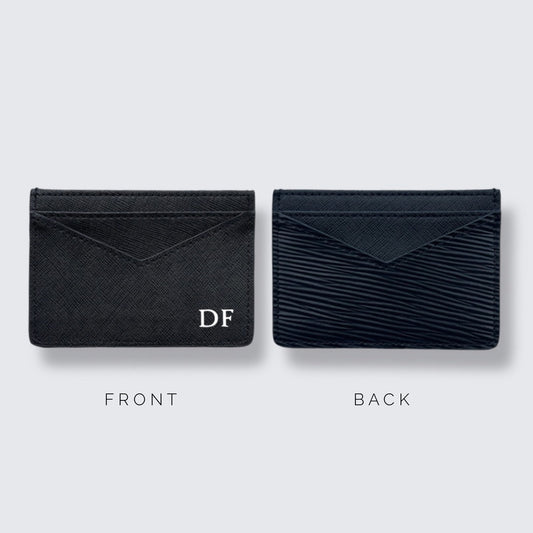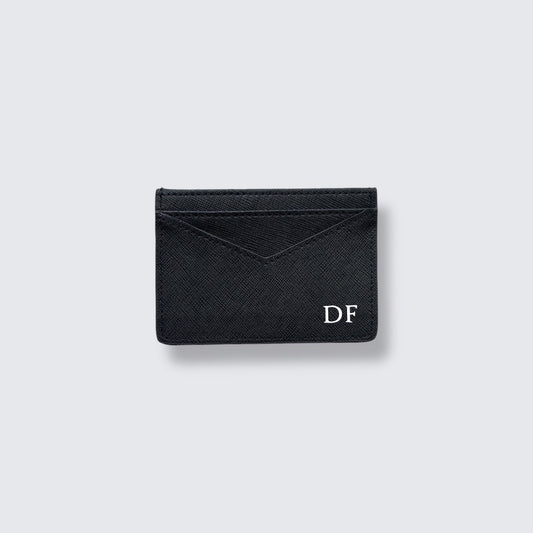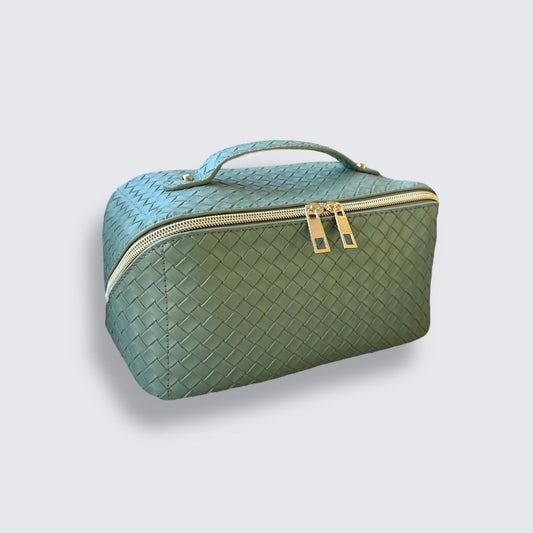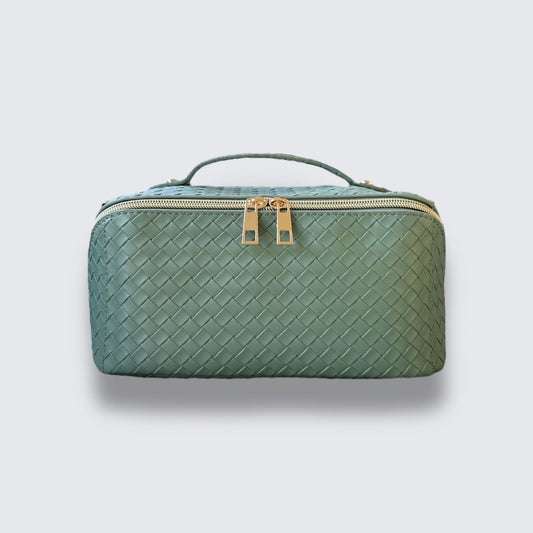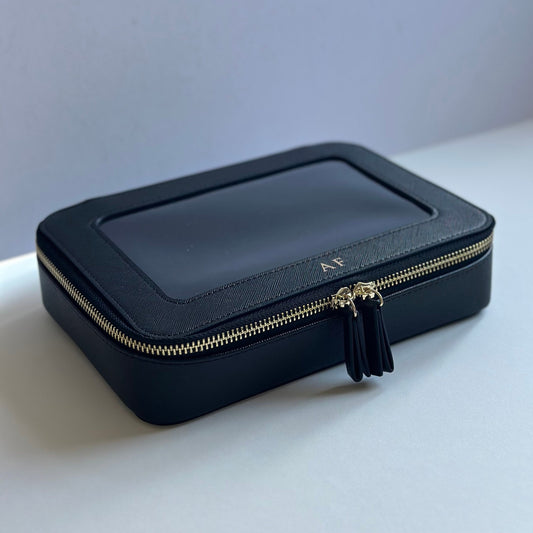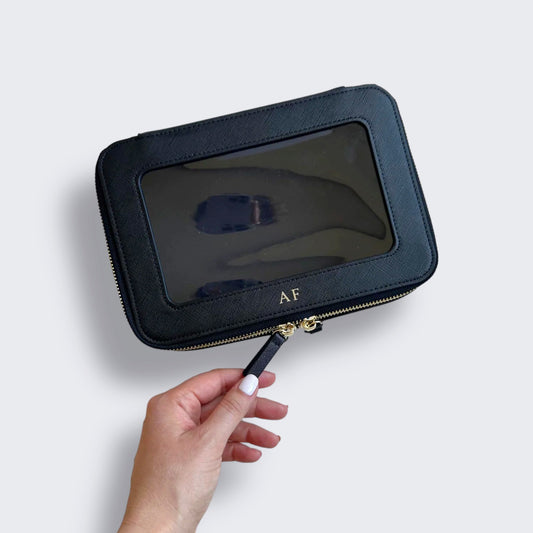There are few greater fashion must-haves than a soft leather backpack, but two improvements that can make them even better are adding a personalised monogram and using ethically sourced vegan leather instead.
Unlike conventional leather, which has a lot of ethical and environmental problems attached to it, vegan leather can be sourced very ethically, not only creating beautiful bags and accessories with no harm caused to animals but also with less harm done to the ecosystem.
This can make it an ideal choice for people who love the texture but not all of the baggage that comes with it. But there is one aspect that can confuse some people.
Vegan leather naturally does not come from animals, but if that is the case, where does vegan leather come from instead?
There is no single answer, but here are some of the most unique materials that are turned into vegan leather.
Paper Pulp
One of the first ever artificial leathers ever made was Presstoff, made from paper that was pulped, layered and treated to form a leather that looked remarkably authentic and could be used for almost anything leather was used for.
This material did have its limits however; because it was paper, the weatherproofing had its limits, and leather items that would commonly end up in a lot of water or would bend a lot such as shoes and boots would generally fall apart.
However, it fell out of favour in the middle of the 20th century as plastic-based artificial leathers became more popular, and by the time vegan leather started to become popular again, other, more robust and versatile materials that not only looked like leather but also shared many of its properties started to emerge.
Pineapple Leaves
Inspired by the Philippine barong, Dr Carmen Hijosa wanted to create a type of artificial leather that was better quality than the terrible animal-skin leather produced locally and without the extensive use of hazardous chemicals used in the tanning process.
The result was Pinatex, a pineapple-leaf vegan leather that was created by felting long pineapple fibres together with a cornstarch-based plastic material known as polylactic acids (PLA), which is then coated with a resin to make it more robust and pliable.
The pineapple leaves are a waste byproduct of farming, so it helps to make sure nothing gets wasted.
Other, similar fruit-based leathers have also seen some interest from vegan leather makers.
Fungus
One of the materials that has made a lot of fashionistas very excited is also one that might make a lot of people take a step back at first.
Whilst it is true that mycelium is the network of roots that grow under mushrooms and other types of fungus, it already has a leathery feel, and it does not take much processing to convert the material into leather, as well as many other eco-friendly materials.
It is also the material that has taken the most strides forward in recent years, with companies releasing vegan leathers that cut out the harmful tanning required for animal leathers and thus the environmental impact.
These, and so many other vegan leathers besides, help to make treating yourself even more guilt-free than before.

